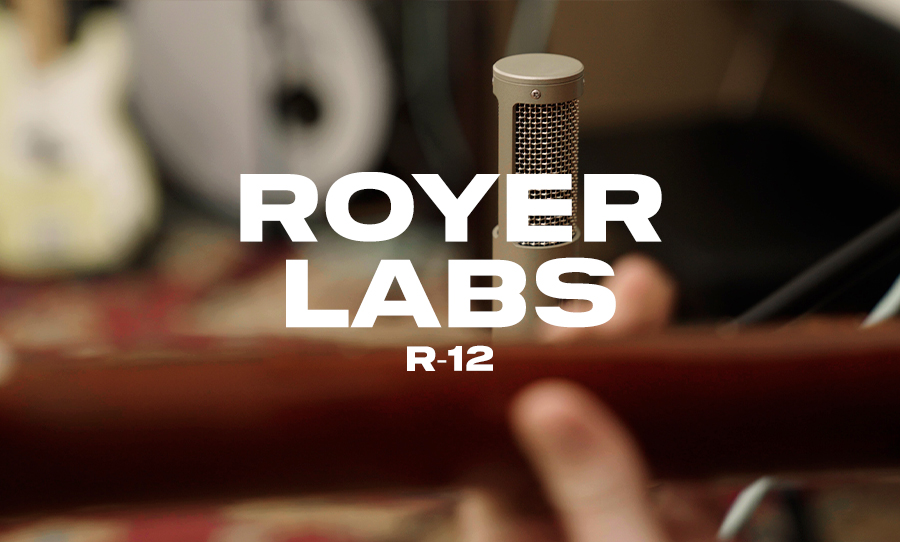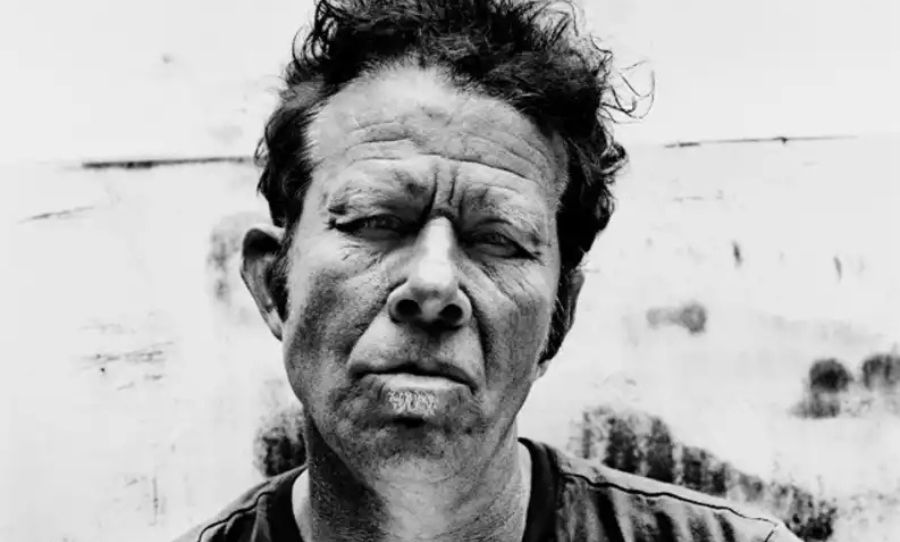The Royer R-12 represents the next chapter in Royer Labs’ ribbon legacy — a modern active ribbon microphone that brings power, flexibility, and toughness to a format once known for its fragility. Built in California, it’s designed for the realities of today’s studios: louder sources, faster workflows, and broader tonal control.
View this post on Instagram
At first glance, the R-12 feels every bit like a Royer — understated, elegant, and heavy in the hand. But inside, it’s a complete rethink of what a ribbon mic can be. It uses the same ultra-thin 2.5-micron aluminum ribbon element found in the R-121, giving it that classic smoothness, but pairs it with a newly developed active electronics stage that requires phantom power.
That circuit gives the R-12 higher output, lower noise, and greater consistency with a wider range of preamps. There’s also a -15 dB pad for ultra-loud sources and a 100 Hz high-pass filter to roll off unwanted rumble or proximity effect. Combined, these features make the R-12 far more adaptable than traditional ribbons.
The internal shock-mounted ribbon motor and triple-layer windscreen design help protect against plosives, handling noise, and blasts from close-miked amps or drums. Every component is precision-built and assembled in Royer’s Burbank, California workshop — the kind of craftsmanship that’s earned them their reputation for reliability.
The R-12 captures that unmistakable ribbon character — smooth, warm, and deeply natural — but with the punch and output level needed for modern sessions. On guitar amps, it delivers rich midrange presence and a controlled top end, taming harshness while keeping detail intact. On brass and strings, it’s stunning — adding a dimensional depth that feels cinematic.
Thanks to its active design, the R-12 also performs beautifully on quieter sources like vocals and acoustic instruments, without requiring huge amounts of clean gain. It’s one of those rare ribbons that can handle a 160 dB kick drum one day and a delicate upright piano the next.
The pad and high-pass filter give engineers the freedom to tailor the sound at the source — add a touch more headroom on loud amps, or clean up low-end bloom when close-miking a cello. It’s a small but meaningful improvement that expands how and where a ribbon can be used.
Features at a Glance
✨ Key features:
-
Active ribbon microphone (phantom powered)
-
2.5-micron aluminum ribbon element
-
-15 dB pad and 100 Hz high-pass filter
-
Figure-8 polar pattern
-
Handles up to 160 dB SPL
-
Hand-built in California, USA
We loved this thing! In the studio, the R-12 feels like a bridge between vintage tone and modern workflow. It’s as forgiving as the R-121, but with more control and output. On guitar cabs, you can push volume without fear; on vocals, it adds intimacy and warmth; on drum overheads or rooms, it smooths transients and captures ambience with natural depth.
The active circuitry means you don’t have to worry about matching it with high-gain preamps, and the pad/filter switches give instant tonal flexibility. It’s plug-and-play for a wide range of applications — fast, intuitive, and deeply musical.
The Royer R-12 isn’t just another ribbon mic — it’s a reimagining of the format for the modern studio. With the same warmth and depth that made Royer famous, plus the added flexibility of active electronics, it’s built to handle anything from whisper-quiet acoustic sessions to thunderous guitar stacks.
Smooth, powerful, and precision-built, the R-12 proves that classic ribbon tone can thrive in a modern workflow. It’s not just a ribbon that survives loud sessions — it’s one that demands them.
Check out the raw stems below:



